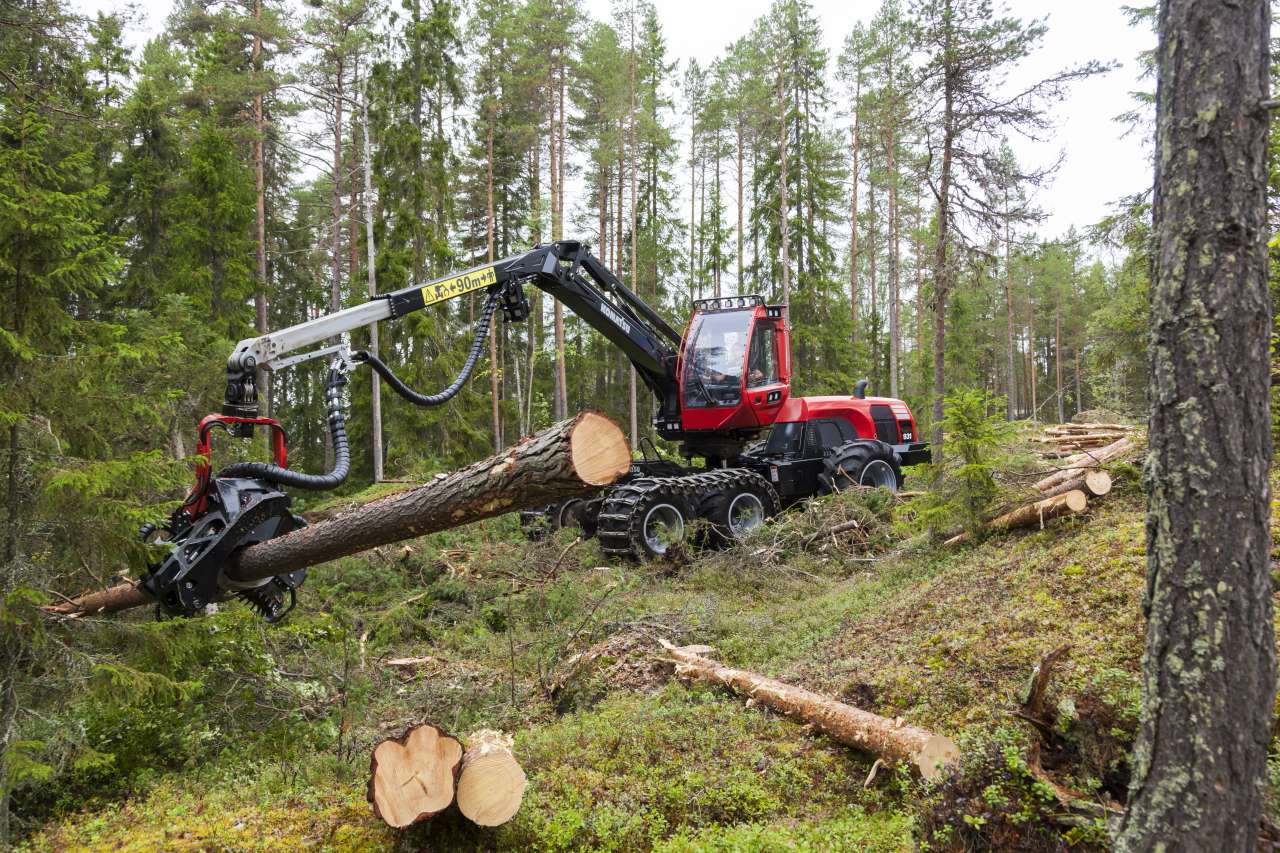Big data from harvesters

Photo: Komatsu Forest
NIBIO’s forest researchers are often told that the old volume models for calculating timber volume of standing trees are out of date. However, new measurements from modern harvesters show that the models are still reliable.
Today’s volume functions are more than fifty years old, but after analyzing over 100,000 new measurements of stem volume retrieved from harvesters, NIBIO researchers have concluded that the old models still align with the actual timber volume – even in Trøndelag.
“This is good news for the forestry industry and means that the work done by forest researchers in the 1960s is still useful today,” says Research Professor Johannes Breidenbach.
The volume functions are used when people need estimates of how large Norway’s timber resources are today, how large they will be in the future, where they should build wood processing mills, docks, roads etc. It is therefore critical that volume calculations used for inventory and harvesting plans are accurate – both for individual regions and for different types of forests.
The assumption that the volume functions are not adapted to mid-Norway has been an unconfirmed “truth” in forestry for a long time. NIBIO has therefore had a long-standing interest in examining the volume functions more closely.
However, it would require extensive manual labour to fell and measure all the trees needed to be able to provide a good estimate of the various tree species’ growth and development. The solution was closer than one might have thought. Modern harvesters automatically measure the logs’ length and diameter. In the past, this would have been a nearly impossible task, but now the automatic collection of volume data from harvesters makes it possible.
And even if the harvester’s volume calculations are not always completely accurate, the large number of data points provides ample opportunity to discover regional variations in the trees’ average form.

